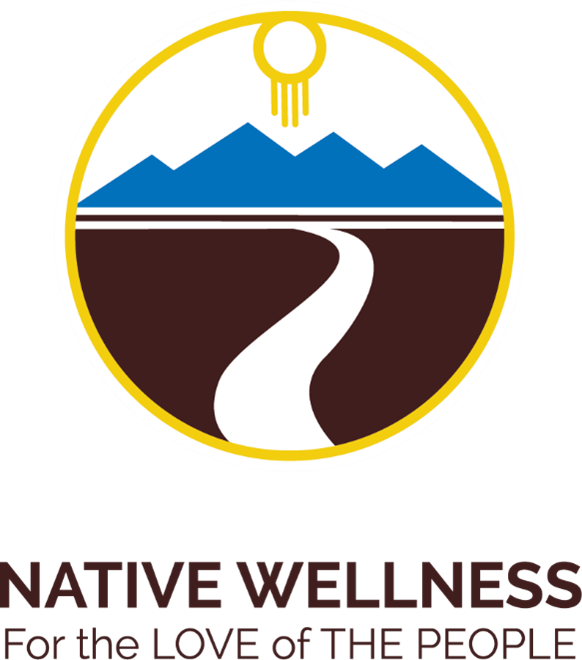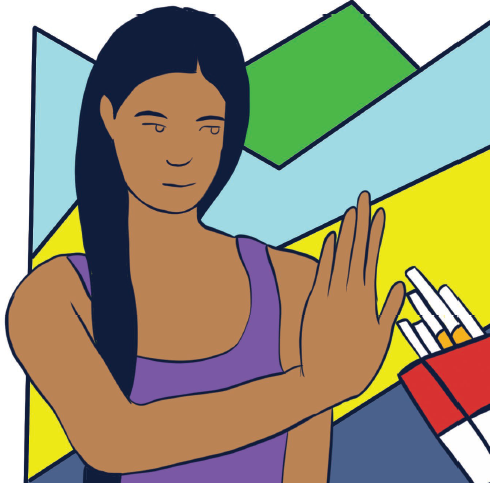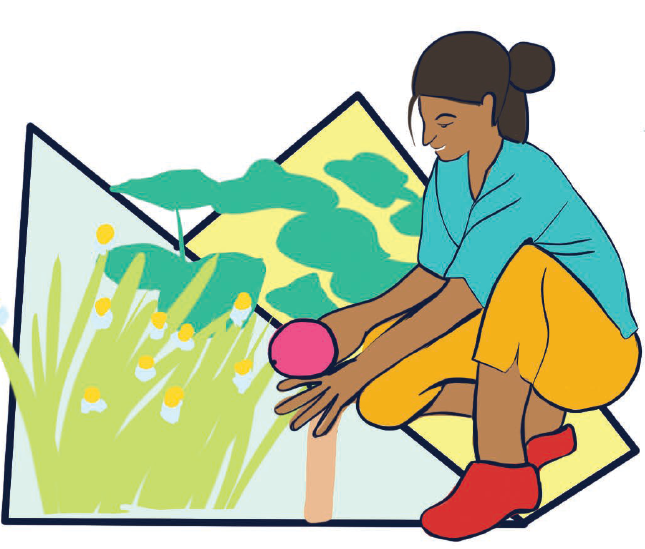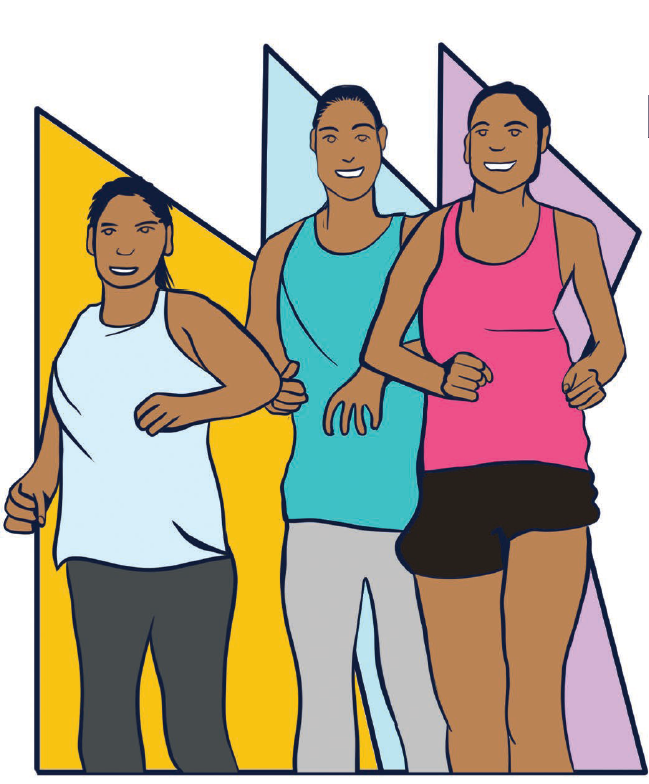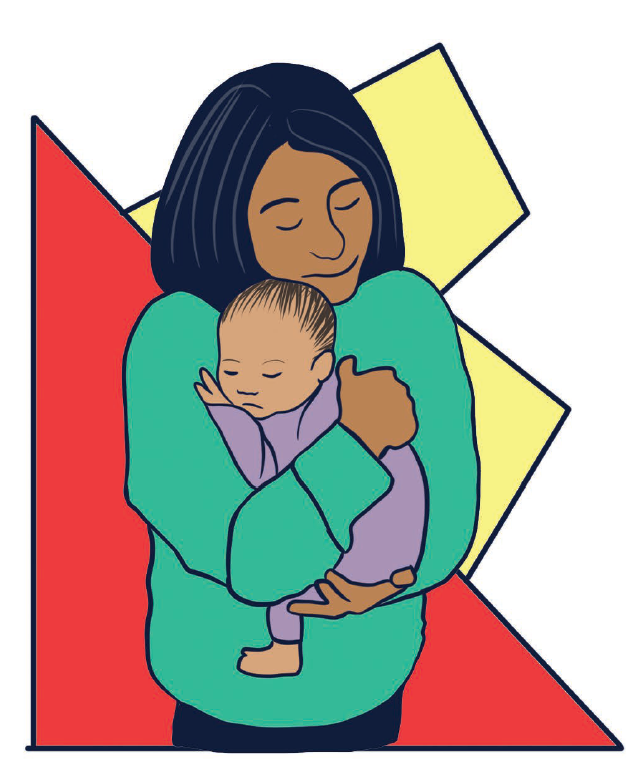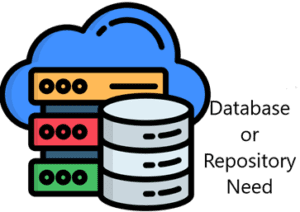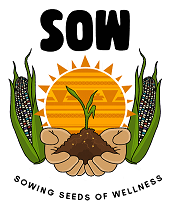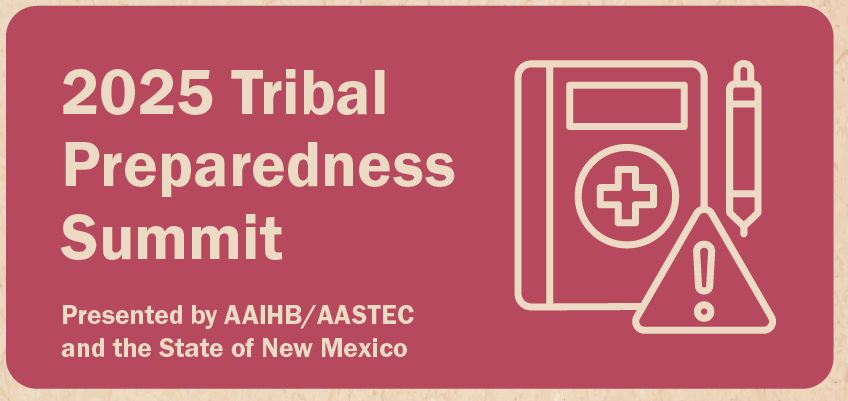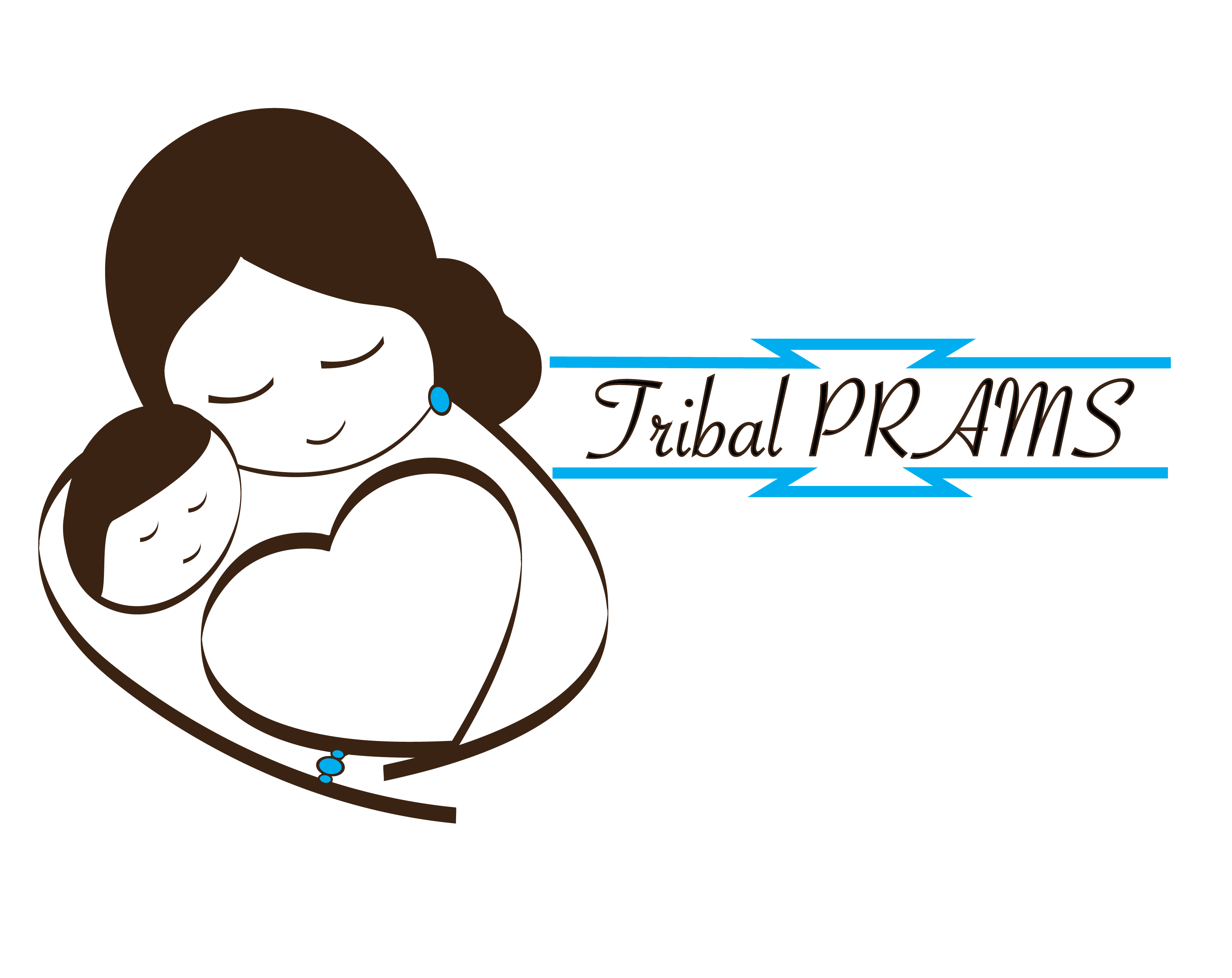Albuquerque Area Southwest Tribal Epidemiology Center
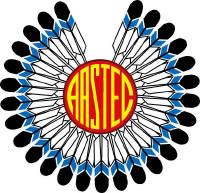
The Albuquerque Area Southwest Tribal Epidemiology Center (AASTEC), is a public health authority serving 27 Tribes in the Southwest. Founded in 2006, the mission of AASTEC is to collaborate with the 27 Tribes to provide high quality data, training, technical support, public health programming, and research to strengthen the health and wellness of the American Indian population that we serve. Key project activities include public health surveillance, community health assessment, strategic action planning, health communications, program evaluation, public health preparedness & response, database development, community-based participatory research, student development, and health promotion/disease prevention intervention.
AASTEC Program services
Albuquerque Area Southwest Tribal Epidemiology Center STAFF
Name
Kevin English
Sheldwin Yazzie
Michele Suina
Charlene Poola
Aisha Baloo
A. Sixtus Dominguez
Amy Muchna
Antonio Blueeyes
Brandi Reano
Carmen Julian
Carolyn Parshall
Chase Charley
Cheryl Mason
Cheyenne Jim
Cody St. Arnold
Daytona Raye
Delrae Peterson
Emily Newman
Esteban Rosales
Eudora Claw
Faleria Chavez
Ivan Toya
Janna Vallo
Judith Espinoza
Kori VanDerGeest
Kristen Tsosie
Kylea Garcia
Kylie Cayedito
Loretta House
Lucinda Cowboy
Mary Costello
Michael Ontiveros
Michael Sam
Ming Gong
Nathania Tsosie
Nicholas Sharp
Olivia Harrison
Ophelia Spencer
Patsy Lowden
Paul Tindall
Raanan Harrison
Randi Begaye
ReAnna Watchman
Reiko Yazzie
Ryan Arkie
Stephanie Paz
Tara Spencer
Virginia Blue-Ramirez
AASTEC Director
AASTEC Deputy Director
Indigenous Health & Wellness Director
Tribal Behavioral Health Director
Evaluation Specialist
Tribal Injury Prevention Program Lead/Coordinator
Evaluation Specialist
Injury Prevention Technician
Public Health Specialist
Program Coordinator
Epidemiologist
Public Health Specialist
Epidemiologist
Project Research Coordinator
Health Communications Specialist
Program Coordinator
Administrator Assistant II
Public Health Specialist
Public Health Specialist
Behavioral Health Program Coordinator
Administrator Assistant I
Peer Support Worker
Commercial Tobacco Control & Prevention Coordinator
Epidemiologist
Epidemiologist
Jr Database Administrator
Research Assistant
Program Specialist
Tribal Public Health Preparedness Specialist
TEC-PHI Program Coordinator
Evaluation Specialist
Epidemiologist
Epidemiologist
Biostatistician
Health Researcher
Epidemiologist
Prevention Specialist
Tribal Survey Coordinator
Public Health Project Specialist
Epidemiologist
Public Health Project Specialist
Program Coordinator/Project Specialist
Administrator Assistant I
Public Health Preparedness Coordinator
Program Coordinator/Project Specialist
Evaluation Specialist
Project Assistant
Public Health Specialist

